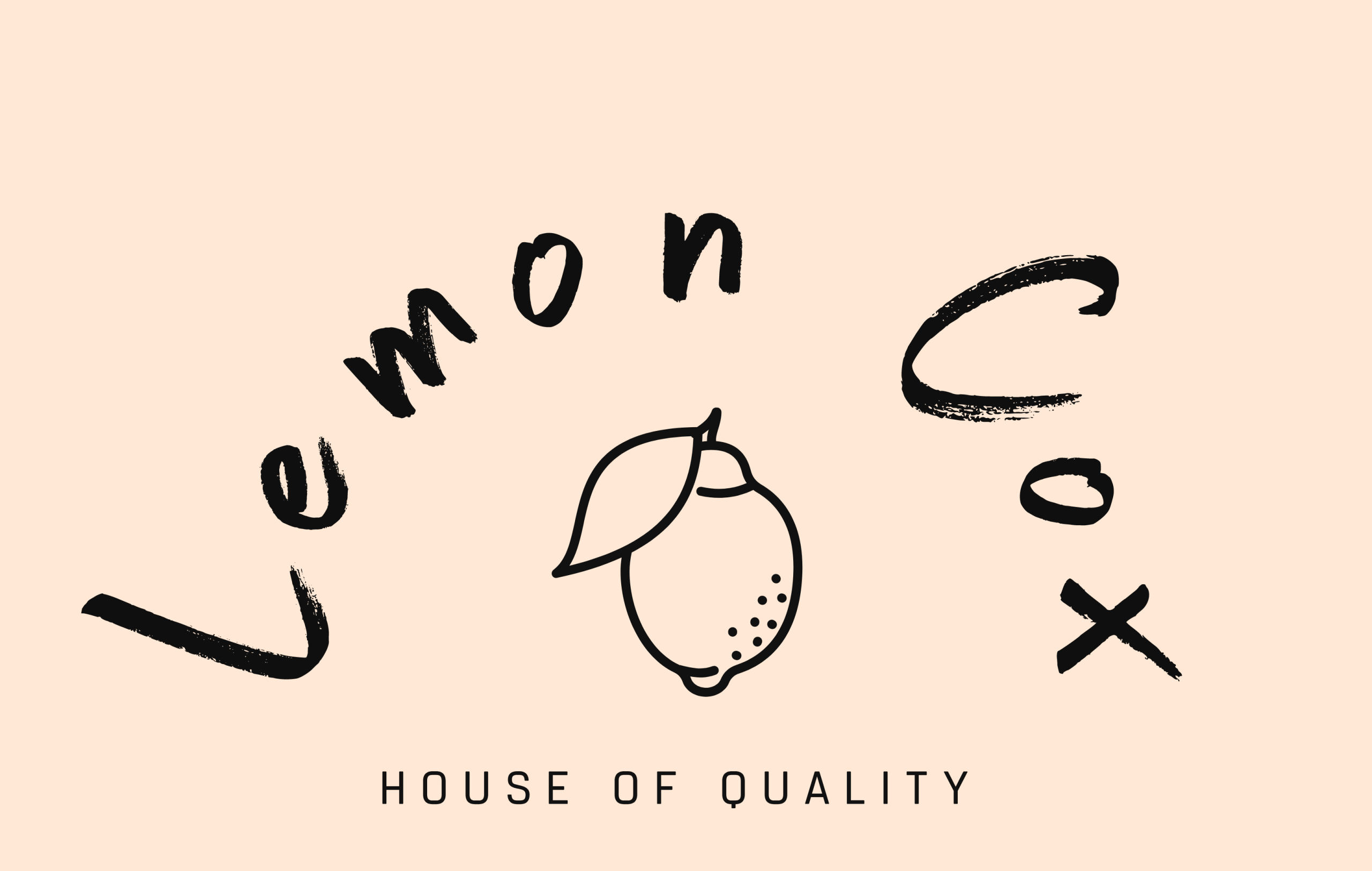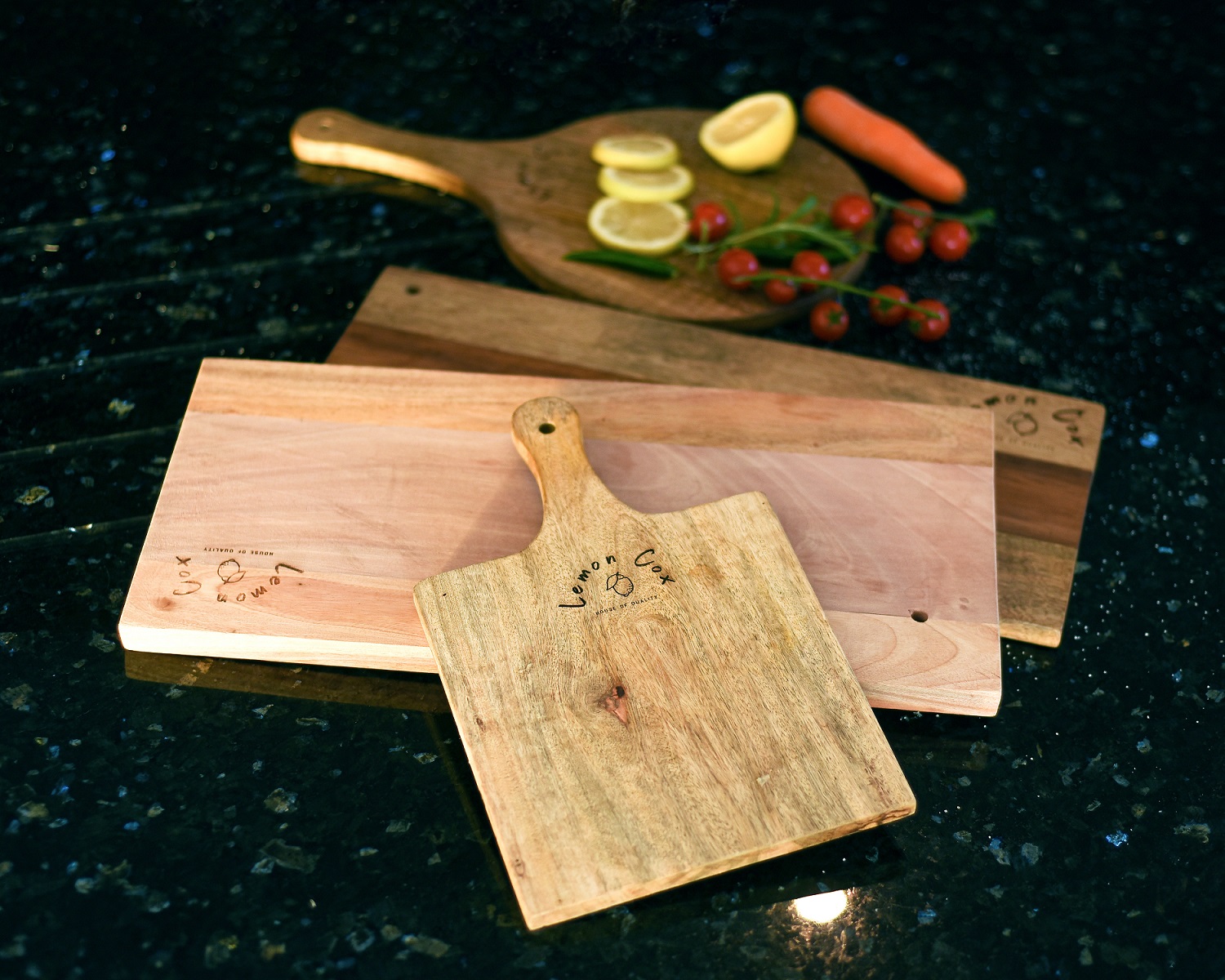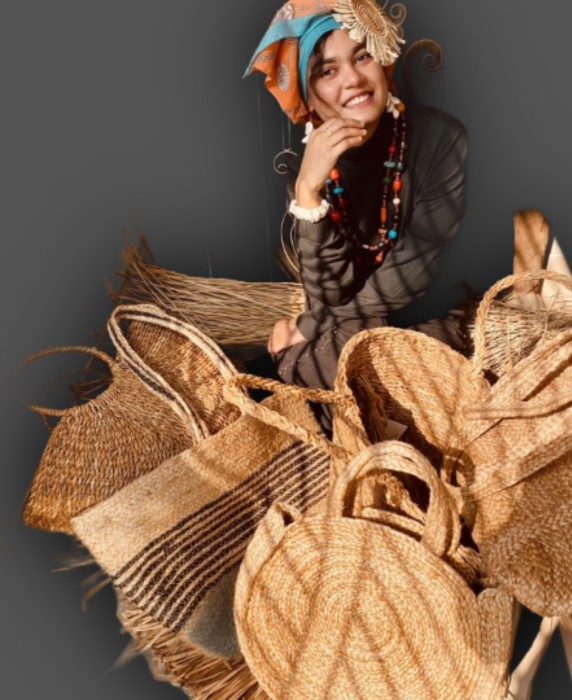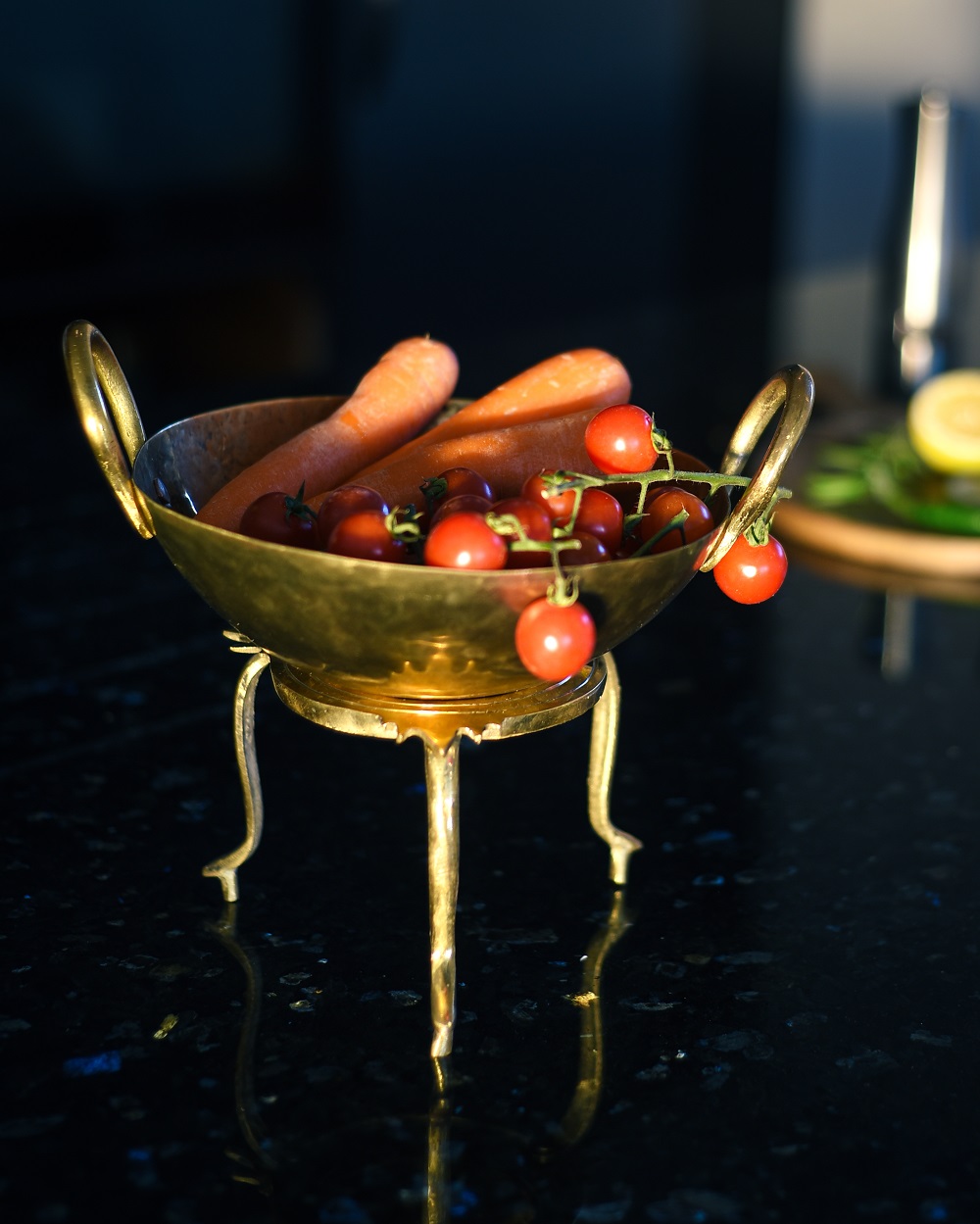A RICH TRADITION
Bangladesh has a rich tradition of handcrafted goods, with artisans producing a wide variety of items such as pottery, textiles, leather goods, metalwork, woodcarving, and more
One of the most famous handicrafts in Bangladesh is the Nakshi Kantha, a type of embroidered quilt made from old saris and dhotis. Other notable handicrafts include the famous terracotta pottery of the Pabna and Rangpur regions, brass and copper utensils from Dhamrai, and intricate bamboo and cane items from the Chittagong Hill Tracts.
Sustainability
Use of eco-friendly materials and production processes that minimize waste and pollution. This can include using natural dyes, recycling materials, and using renewable energy sources.
WOODEN LINES
Wooden carvings in Bangladesh are a testament to the country’s rich cultural heritage and craftsmanship. Artisans use traditional techniques to create intricate designs on wood, resulting in unique and authentic products. Wooden carvings are popular for home decor, furniture, and art pieces, showcasing the natural beauty of wood and the skill of the artisans.
JUTE LINES
Jute products, such as bags, rugs, and home decor items, are eco-friendly and sustainable, made from a natural fiber that is biodegradable and renewable. Additionally, the jute industry provides employment opportunities for millions of people in Bangladesh, contributing to the country’s economic development.
METAL LINE
Bangladesh has a long tradition of craftsmanship, and its metal industry is diverse, ranging from traditional handicrafts to modern manufacturing. Handmade metal products in Bangladesh often include brass and copper items, such as utensils, jewelry, and decorative pieces. Skilled artisans employ various techniques, including casting, engraving, and hammering, to create intricate designs
Bangladesh has a rich cultural heritage that is reflected in its handicrafts. The country has a long history of producing high-quality handicrafts, including pottery, weaving, embroidery, and woodcarving. These traditional crafts are often passed down from generation to generation and are an important part of the country’s cultural identity.
Handicrafts in Bangladesh are often produced using sustainable methods and materials. Many handicraft producers use natural materials such as bamboo, jute, and cotton, which are renewable and eco-friendly. Additionally, many handicraft producers in Bangladesh are organized into cooperatives, which promote fair trade practices and provide support for small-scale artisans and producers. This helps to ensure that handicraft production in Bangladesh is both socially and environmentally sustainable.
Sustainable handicrafts from Bangladesh
Bangladeshi handicrafts are known for their unique beauty, sustainability, and rich cultural heritage. Artisans in Bangladesh use traditional techniques and natural materials to create a wide variety of handicrafts, including textiles, pottery, jewelry, basketry, and woodwork.
